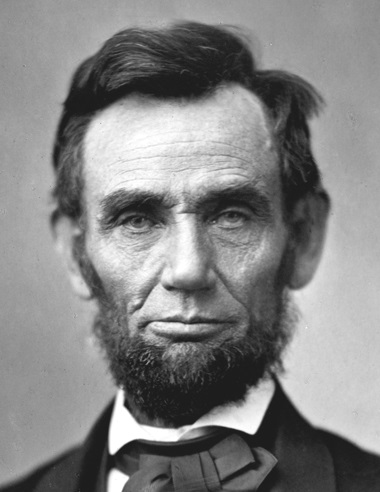 The
war had begun. On April 15th, Lincoln called on the states for 75,000
volunteers to build up the Union army in preparation for the conflict
ahead. The Tennessee governor flatly refused, indicating his readiness
to join the Confederacy – which Tennessee did on May 7th. Arkansas
announced its decision to secede on May 6th. Virginia voted in
convention on April 17th to secede, confirmed in a popular referendum
on May 23rd. And on May 20th North Carolina also joined the group of
secessionists. The Confederacy now had eleven members. Kentucky also
refused to send troops to Lincoln, though Kentucky was not going to be
joining the Confederacy but instead was going to remain neutral.
However, in a number of important ways, this proved to be strategically
more beneficial to the Union than to the Confederacy.
The
war had begun. On April 15th, Lincoln called on the states for 75,000
volunteers to build up the Union army in preparation for the conflict
ahead. The Tennessee governor flatly refused, indicating his readiness
to join the Confederacy – which Tennessee did on May 7th. Arkansas
announced its decision to secede on May 6th. Virginia voted in
convention on April 17th to secede, confirmed in a popular referendum
on May 23rd. And on May 20th North Carolina also joined the group of
secessionists. The Confederacy now had eleven members. Kentucky also
refused to send troops to Lincoln, though Kentucky was not going to be
joining the Confederacy but instead was going to remain neutral.
However, in a number of important ways, this proved to be strategically
more beneficial to the Union than to the Confederacy.
Slave-holding Maryland and Delaware did
not secede, in part because they were divided in opinion on the matter
and in part because they were under the federal gun not to secede.
Lincoln was intent on not having the Union capital at Washington lose
its link with the North by being surrounded by a rebellious South.
Lincoln moved swiftly to stop any idea of Maryland seceding, declaring
martial law,1 sending
troops in to secure strategic positions in the state, arresting large
numbers of Maryland officials, and suspending the writ of habeas corpus,2 despite the protest of Supreme Court Chief Justice Taney (himself a Marylander).
Missouri, like other border states, was
divided in its loyalties. But in the end a Missouri convention called
to decide the matter chose almost unanimously to remain loyal to the
Union. Missouri Governor Jackson took the opposite position and called
out the state militia to enforce his pro-slavery stance. But he was
attacked by federal forces, chased with his supporters out of the
Missouri state capital, and pushed down into the southern part of the
state. The members of the convention choosing for the Union then took
over the running of the state. But Missouri would itself remain a
center of the North-South struggle for the rest of the War.
In Virginia citizens of the western
counties were opposed to Virginia's decision to secede from the Union
and instead chose to secede from Virginia and the Confederacy, forming
the new (pro-Union) state of West Virginia.
In the meantime, thousands of soldiers
rushed to join the state militias both North and South, excited to get
involved in this opportunity for personal glory. But as with all such
early rushes to war, the excitement would quickly subside once the
cruel reality of war began to register.
In material terms, this was bound to be
an unequal fight. The North had three times the number of men eligible
for military service as the South – Southern Blacks of course excluded.
And while the huge number of Southern Blacks provided work units
supporting the Confederate army, they needed considerable supervising
to ensure their cooperation, taking a good number of Whites out of
military service. Also, the emphasis of "Cotton as King" now would
haunt the South because it had caused the region to ignore emerging
industrial development. Thus the South fell way behind the North in the
production of everything from ammunition and uniforms to canons and
railroad engines.
On the other hand, Southerners had made
up a disproportionately large percentage of America's experienced
(Mexican-American War) army officer corps prior to the war. Most of
these would quit the U.S. army to take assignments in the Confederate
army. The superior quality of the Confederate officers would show in
the way the South tended to embarrass the Northern armies whenever they
met in battle, at least during the first years of the war. The fact
that even with all this material superiority it took the North four
years to bring the South to defeat stood in part as testimony to the
superior military leadership found within the Confederate forces.
The purpose of war is to get an adversary to
stop doing – or even being – what it is that a society pursuing war
finds detestable in the thoughts and behavior of that adversary. To get
the adversary to yield in this matter requires an enormous amount of
pressure put on the adversary. That pressure can take all kinds of
forms, military, economic, psychological. But whatever it takes, the
object is always the same: to get the adversary to stop whatever it is
that they have been doing – to just quit.
For the South, the strategy was simply to
get the North to let the slave-holding states withdraw from the Union
so that the South could continue to pursue its cultural dream of an
elegant semi-feudal social order consisting of a genteel plantation
society engaged in endless rounds of fancy social gatherings, the whole
social program supported by the labors of multitudes of Black slaves.
For the North the goal of war – and thus
the strategy involved – was much less uniform in inspiration, Northern
groups often working at odds with each other. For some, the goal was to
eradicate the institution of slavery from the entire North American
continent. For others it was to simply force the South to continue to
honor its commitment to the unity of the United States of America, even
if that meant backing off on the slavery issue. Yet for others it was a
similar hope of enforcing that unity, and ending slavery in America as
well. This lack of unity of purpose would make things very difficult
for anyone given presidential responsibility, as previous holders of
the office of U.S. president had already discovered. Thus the newly
installed president Lincoln knew that he had been called to undertake a
task of unimaginable difficulty.
He had therefore a dual set of
responsibilities, as he understood the challenge personally. He was
determined fully, almost regardless of the costs involved, to maintain
the unity of the federal Union. That meant full war against any states
undertaking rebellion against the Union. But he also had to provide the
North with a rallying point that would unite all these conflicting
Northern viewpoints. Failure in holding such unity of purpose in the
North would be to deliver the South the victory it sought.
As far as the slavery issue went, Lincoln
was very cautious about waving the flag of Abolitionism, because not
only would it complicate the task of keeping the North united, it would
merely steel the resolve of the South to continue its struggle,
regardless of the costs involved. After all, the purpose of war is to
weaken the resolve of the adversary, not strengthen it.
Nonetheless, Lincoln well understood that
the slavery issue was at the heart of the crisis that had split the
Union. One way or another the slavery issue could no longer be allowed
to infect America's national health. Slavery was going to have to
disappear. But just how that would happen, Lincoln seemed to have no
particular strategy in mind. He seemed resolved to leave that question
up to the fortunes of war – and to God, on whom he relied ever-heavier
as the war between the Northern and Southern states dragged on.
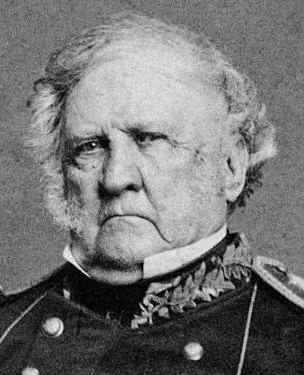 What
Lincoln was clear on was his military-economic strategy by which he
intended to force the Southern states to give up their rebellion and
once again take their place as full members of the Union. Basically,
his strategy (aided tremendously in its conception by his military
advisor, the old warrior General Winfield Scott)
was to surround and isolate the South militarily – north, south, east
and west – and thus shut down their cotton-export economy on which the
Southern dream depended so completely.
What
Lincoln was clear on was his military-economic strategy by which he
intended to force the Southern states to give up their rebellion and
once again take their place as full members of the Union. Basically,
his strategy (aided tremendously in its conception by his military
advisor, the old warrior General Winfield Scott)
was to surround and isolate the South militarily – north, south, east
and west – and thus shut down their cotton-export economy on which the
Southern dream depended so completely.
This was going to hurt the textile mills
of the North, which depended heavily on the ability to acquire Southern
cotton. But that would be one of the sad prices of war. But Lincoln was
aware that this war was going to be costly – very costly – on a number
of fronts. But the Union had to be preserved at all costs, or there
would be no very good future for any of the states, North or South.
And thus it was that in pursuit of this
strategy of strangulation (the Anaconda Strategy as it was termed), the
Civil War was conducted simultaneously on a number of key fronts. The
most important front was the one that developed in Northern Virginia,
the spiritual heartland of the South. Another was the maritime front
that extended from the Chesapeake in Virginia, south along the Carolina
and Georgia coasts, around Florida, and into the Gulf of Mexico just
south of Alabama, Mississippi, Louisiana, and Texas. Another was along
the Mississippi River, which separated the Confederate states of the
Deep South (Georgia, Alabama, Mississippi, and Louisiana) from the
Confederate states of the Southwest (Texas and Arkansas). A fourth
front was at the very center of the North-South border, basically
within the states of Kentucky and Tennessee (and the northwestern
section of Georgia). Four different fronts, and four different armies
(or navies), all trying to tighten the noose around the rebellious
South.
Not only would the political task of
maintaining unity at home against the partisan political interests of
ambitious Northern politicians be a constant challenge for Lincoln, but
perhaps even weightier would be the task of finding military leaders
able to understand Lincoln's strategy of war. Again, soldiers are
notorious for wanting to win battles (and thus battlefield fame)
without seeming to understand how that connects with the larger
challenge of winning the war that has called forth these battles.
General Washington understood this. So did General Winfield Scott. But
Washington was long dead, and the very elderly Scott was not far behind
him. Lincoln needed a wise, not just an ambitious, general to supervise
the military portion of his general strategy. Lincoln would soon
discover how difficult it would be to find just such a general.
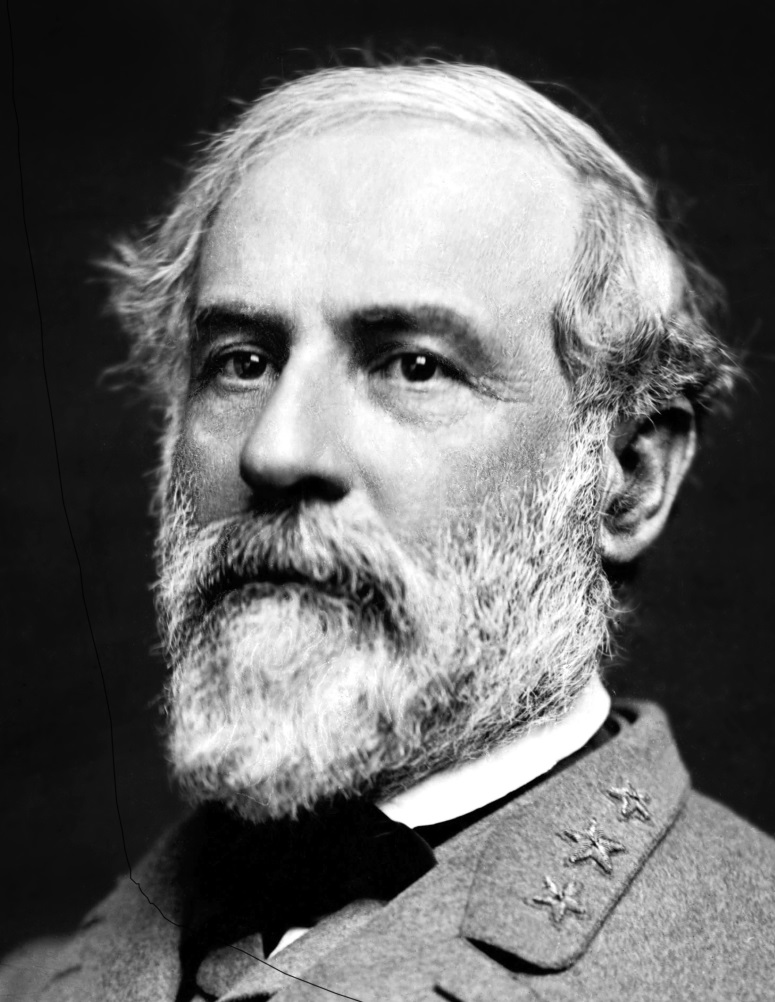
Robert E. Lee

 The
attack on Fort Sumter (April 12-15)
The
attack on Fort Sumter (April 12-15) The strategies of war
The strategies of war
 The
first battle of Manassas or Bull Run (July 21)
The
first battle of Manassas or Bull Run (July 21)
 The battle further west
The battle further west The
Mason-Slidell Affair (November 8)
The
Mason-Slidell Affair (November 8)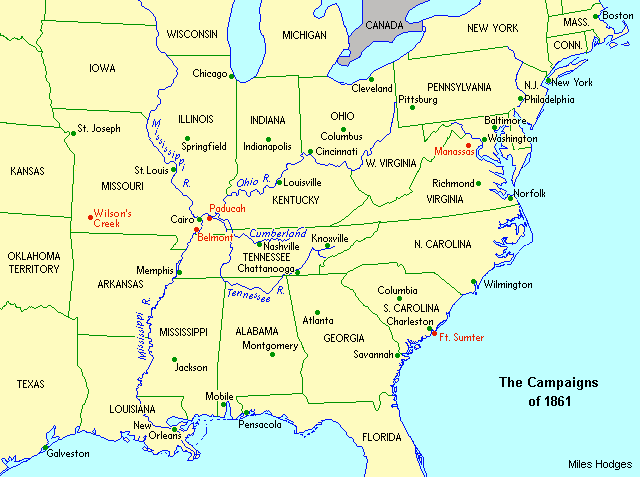





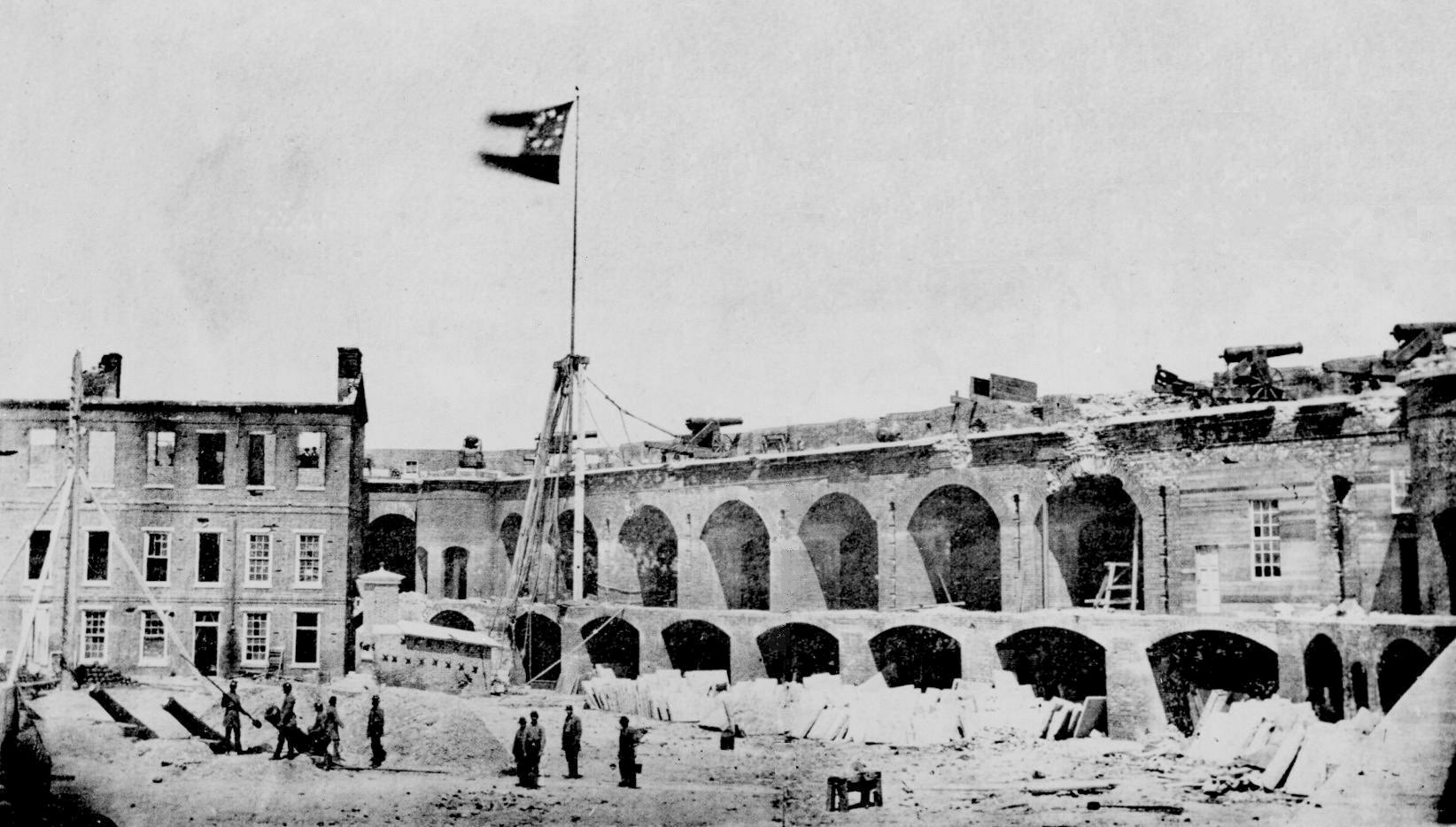
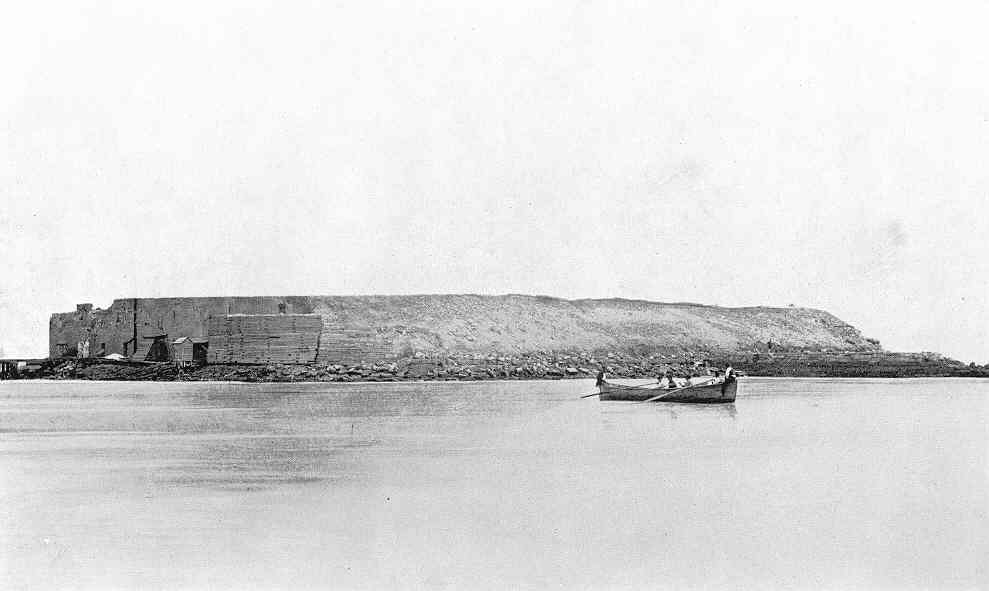
 The
war had begun. On April 15th, Lincoln called on the states for 75,000
volunteers to build up the Union army in preparation for the conflict
ahead. The Tennessee governor flatly refused, indicating his readiness
to join the Confederacy – which Tennessee did on May 7th. Arkansas
announced its decision to secede on May 6th. Virginia voted in
convention on April 17th to secede, confirmed in a popular referendum
on May 23rd. And on May 20th North Carolina also joined the group of
secessionists. The Confederacy now had eleven members. Kentucky also
refused to send troops to Lincoln, though Kentucky was not going to be
joining the Confederacy but instead was going to remain neutral.
However, in a number of important ways, this proved to be strategically
more beneficial to the Union than to the Confederacy.
The
war had begun. On April 15th, Lincoln called on the states for 75,000
volunteers to build up the Union army in preparation for the conflict
ahead. The Tennessee governor flatly refused, indicating his readiness
to join the Confederacy – which Tennessee did on May 7th. Arkansas
announced its decision to secede on May 6th. Virginia voted in
convention on April 17th to secede, confirmed in a popular referendum
on May 23rd. And on May 20th North Carolina also joined the group of
secessionists. The Confederacy now had eleven members. Kentucky also
refused to send troops to Lincoln, though Kentucky was not going to be
joining the Confederacy but instead was going to remain neutral.
However, in a number of important ways, this proved to be strategically
more beneficial to the Union than to the Confederacy. What
Lincoln was clear on was his military-economic strategy by which he
intended to force the Southern states to give up their rebellion and
once again take their place as full members of the Union. Basically,
his strategy (aided tremendously in its conception by his military
advisor, the old warrior
What
Lincoln was clear on was his military-economic strategy by which he
intended to force the Southern states to give up their rebellion and
once again take their place as full members of the Union. Basically,
his strategy (aided tremendously in its conception by his military
advisor, the old warrior 
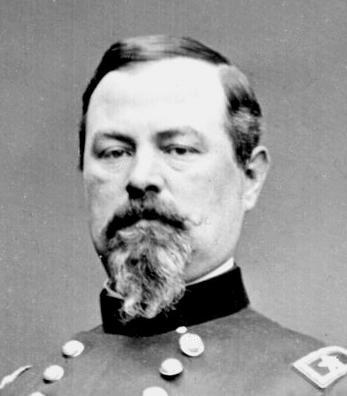 But Virginia was not going to let that go
unchallenged, and the Army of Virginia gathered forces to head north
towards Washington. Lincoln sent out the Army of the Potomac, with its
36,000 men under an inexperienced
But Virginia was not going to let that go
unchallenged, and the Army of Virginia gathered forces to head north
towards Washington. Lincoln sent out the Army of the Potomac, with its
36,000 men under an inexperienced 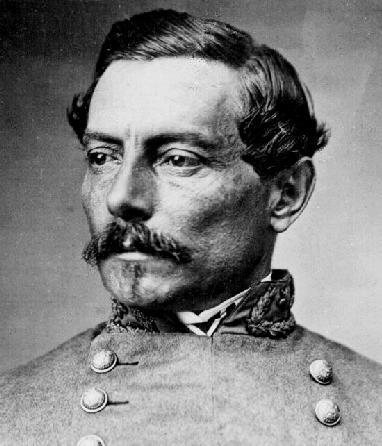
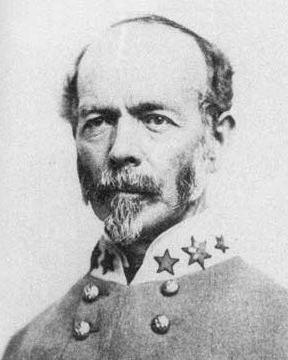
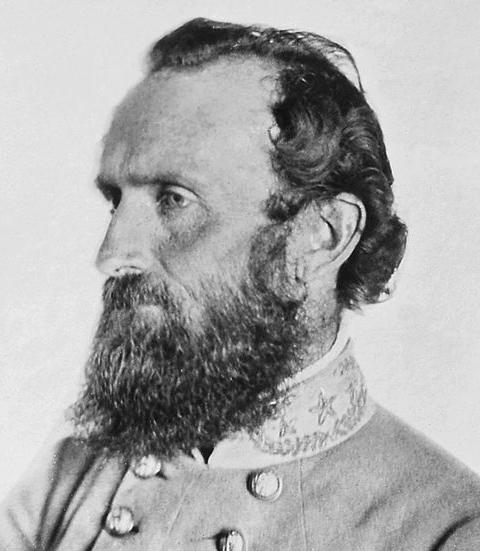
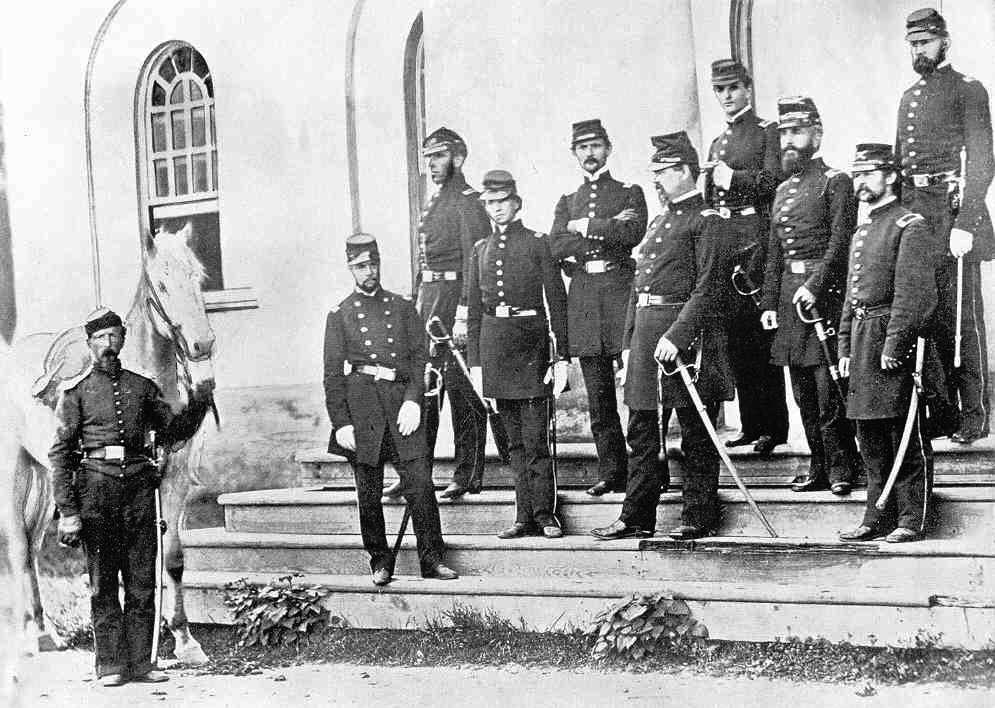
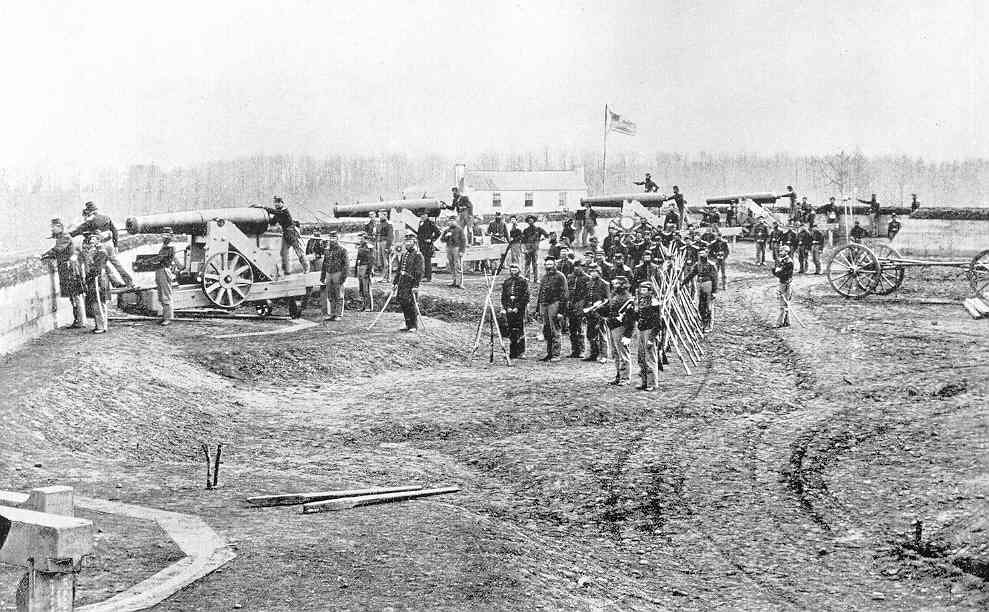
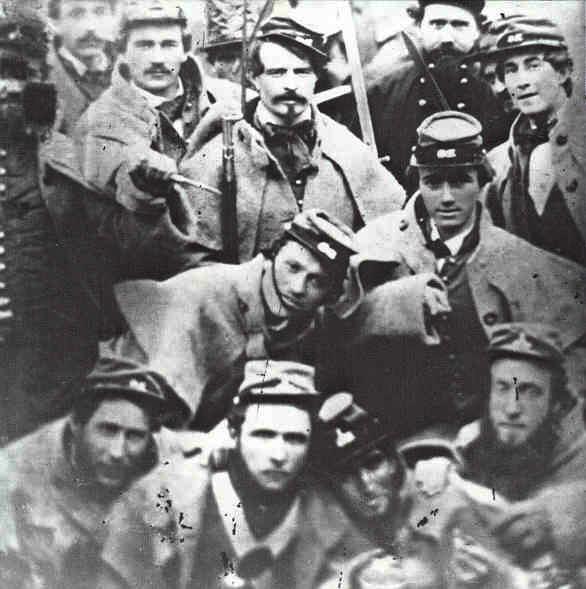
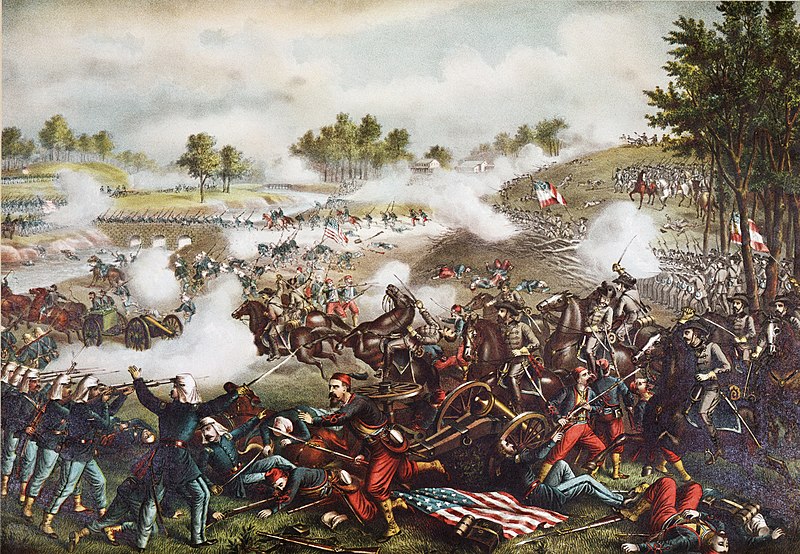
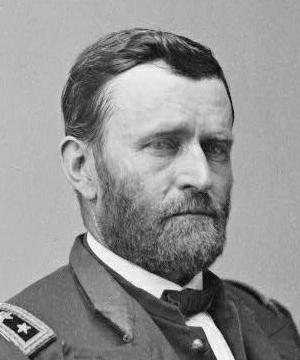
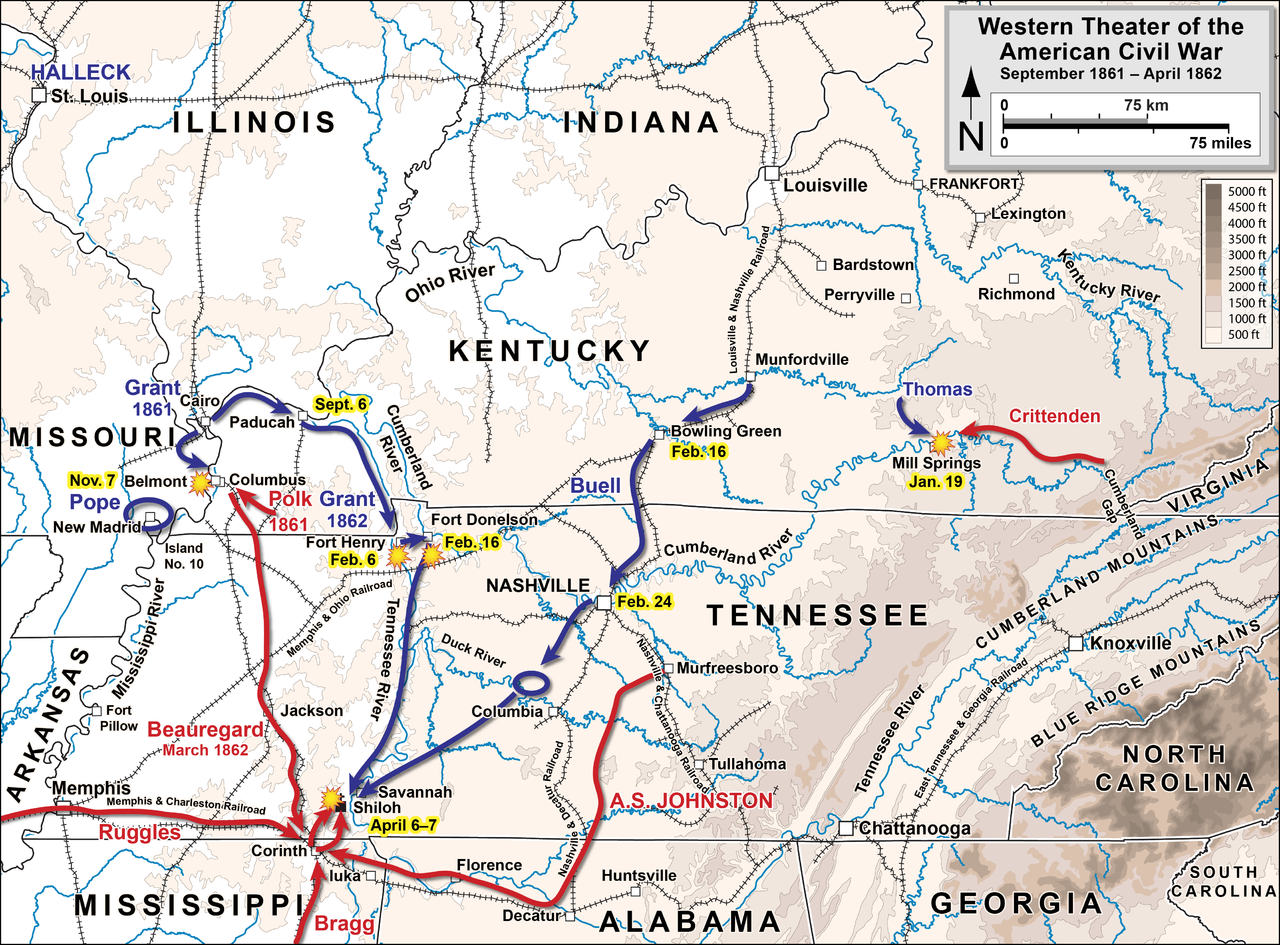
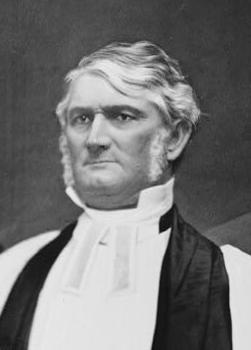
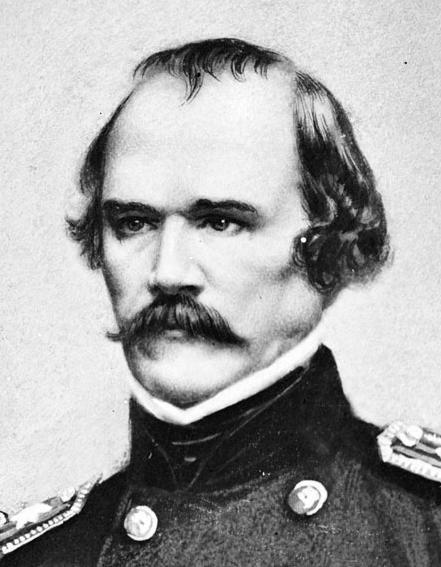
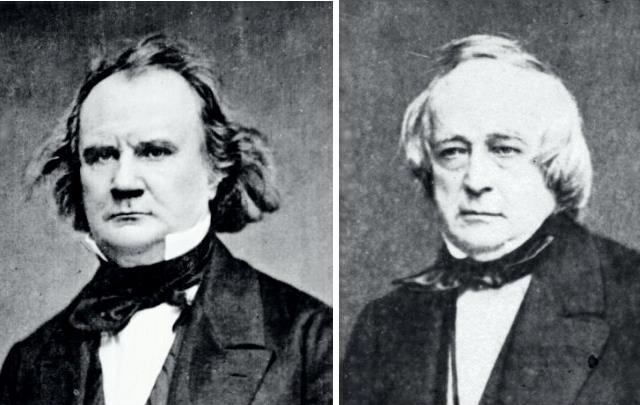
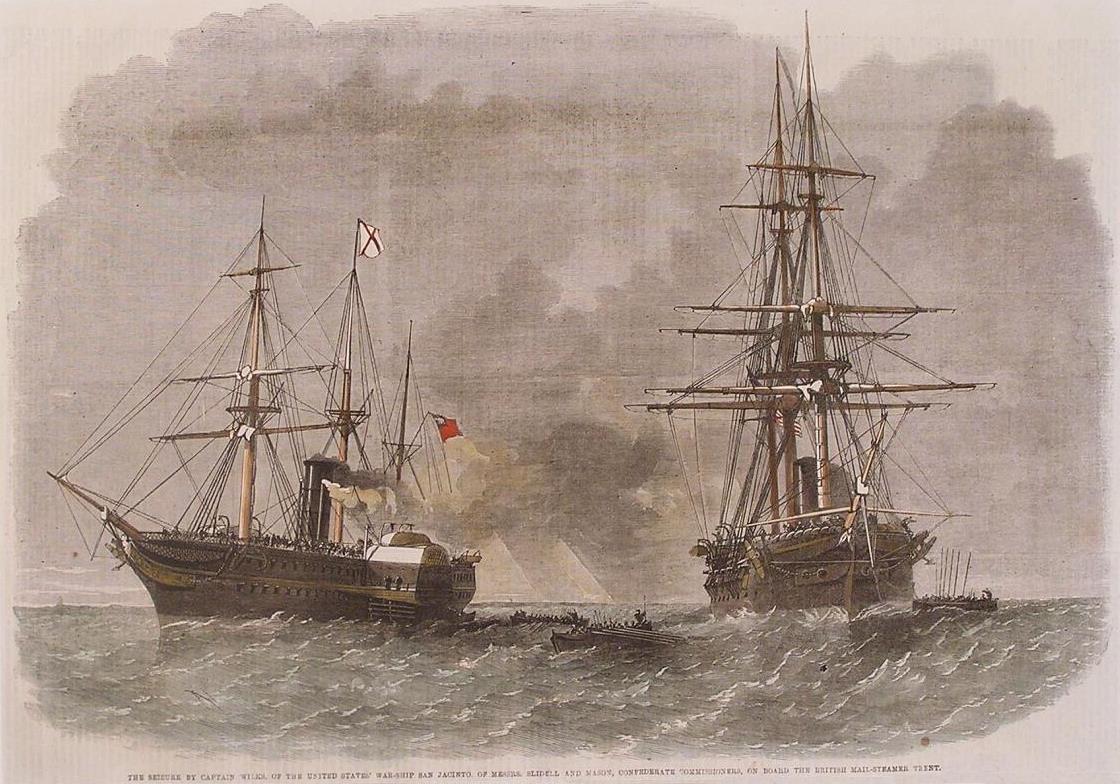

 Miles
H. Hodges
Miles
H. Hodges